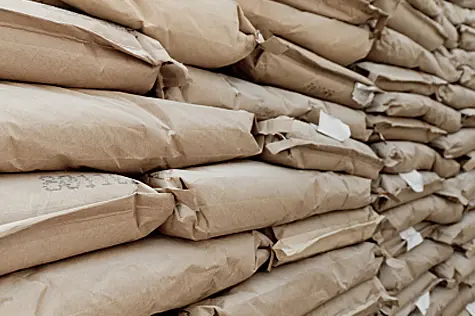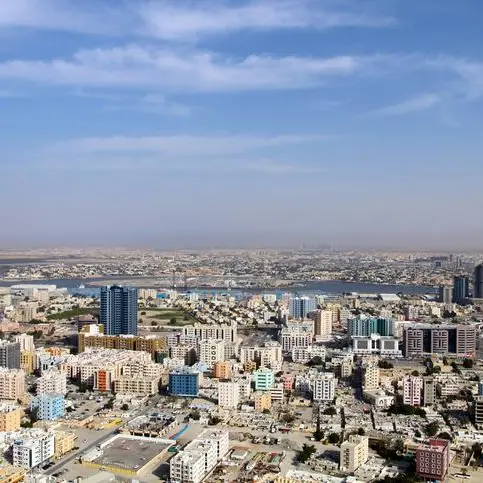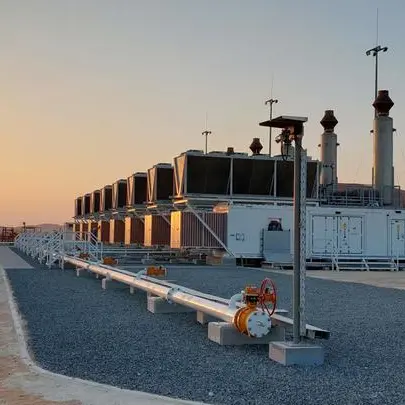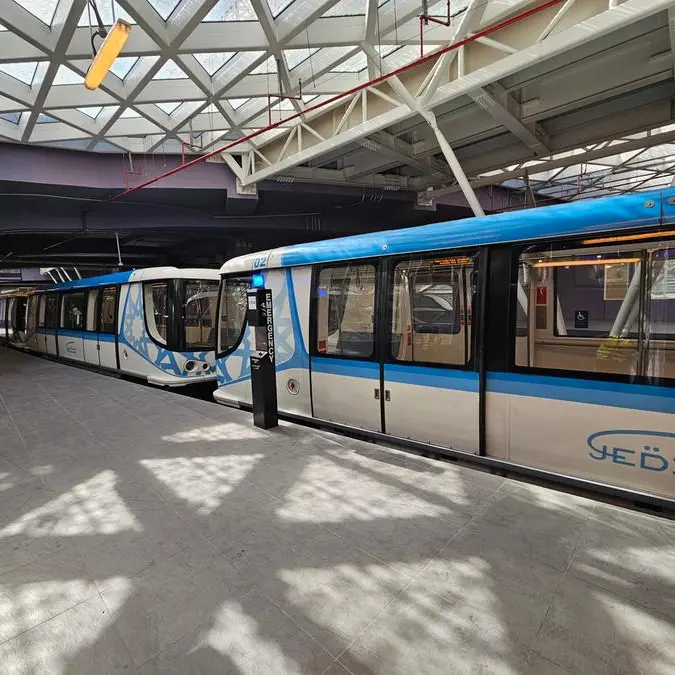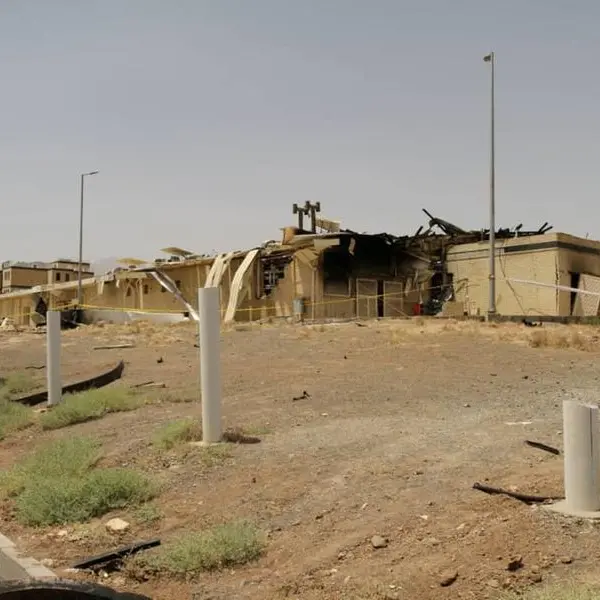PHOTO
05 July 2016
Muscat: Oman's cement sector is not facing an oversupply glut due to the presence of huge project pipeline, and infrastructure projects. Since 2009, it has been witnessed that there is always a gap between the consumption and demand in Oman, which was historically met by imports, according to an industry update.
This indicates that the demand for cement in the local market is higher than the production capacity of domestic producers. At present, the total demand for cement is around eight million metric tonnes (MT) where around 43 per cent of demand is met by import substitution. The demand for cement in the local market is likely to remain intact owing to announced infrastructure and construction projects, United Securities said in its latest report.
Oman's cement industry is dominated by two companies with Oman Cement incorporated in 1977, and Raysut Cement, started in 1981, combining for 57 per cent of the local market share.
Most of Oman's cement consumption occurs in the north which is considered to be where construction activities are the highest in the country.
This demand is mostly met by Oman Cement, which is strategically located in northern Oman while Raysut Cement covers the southern region.
Being located in southern Oman, Raysut has the distinctive logistical advantage of exporting cement to neighboring regions such as Yemen and East Africa. Raysut Cement acquired Pioneer Cement of UAE at the end of December 2010 and is now catering to Northern Oman directly competing with Oman Cement.
According to the research report Oman Cement is adding a new cement grinding capacity that is expect to be operational by the end of May 2016 and also ramping up the modernisation of its kiln 2 which is expected to be completed by the end of fourth quarter of 2016.
Not to be left behind, Raysut cement is also expanding its domestic facilities by constructing a terminal in Duqm Port to cater to demand arising out of the region. Post the operational and capacity expansion; we expect the historical supply and demand gap to contract.
Dumping from UAE continues
Underpriced cement imports from UAE producers have weighed on realisation level of local cement companies since 2010. As a result, domestic cement prices have fallen by 3.1 per cent at an eight-year CAGR from OMR30.9 per MT in 2008 to 24.8 in 2015.
UAE's cement industry has suffered from overcapacity since the economic crises and consequently, has become a net exporter of cement where nearly 60 per cent of its production is exported to neighbouring countries which includes Oman.
The structural over-capacity in the UAE is such that it would take more than a turn-around in the UAE construction market to engineer a sustainable improvement in pricing. The report estimates that only by 2018 would the oversupply situation in UAE ease where local production can be absorbed in their own market, due to the commencement of various mega projects in anticipation of Dubai expo 2020.
Recent announcements by authorities' point towards an imminent clampdown on overloaded trucks, which would increase operating costs for UAE cement companies thereby offering little room for them to further, lower their prices.
This would effectively provide a base for realisation to bottom out. However, we expect the current price gap between domestic and imported cement to continue which would add pressure on local cement companies to revise their selling prices in order to be competitive in the local market.
Hike in natural gas price
The government's recent decision to double the price of gas, which is used as fuel for kiln firing, presents a great challenge for cement producers as far as production cost is concerned. Gas price supplied to the manufacturing industries has been hiked 100 per cent starting January 1, 2015 with annual escalation of 3 per cent thereafter.
The new cost of natural gas directly increases the cost of production which the company may not be able to pass on to customers completely effectively depressing gross margins. As per both companies' disclosure, the hike in the gas price was estimated to increase cost of production by a total of OMR11.1 million (Oman Cement: OMR6.6 million, Raysut Cement: OMR4.5 million) for the overall sector.
As of 2015, energy cost has increased to comprise 41 per cent of the overall cost of sales for cement companies from 30 per cent in 2014. The companies had proposed to use coal (discovered in Sharqiyah region) as a cheaper alternative but the government's strategy is not to use it at present. This year, Oman had proposed to raise the electricity and water charges as well as increase in corporate tax from 12 per cent to 15 per cent.
Increase in other cost such as higher corporate tax along with higher electricity and water charges would add pressure on the sector margin in the near term but expects to be mitigated in the long run through higher operational efficiencies along with the absence of expensive imports.
The report expects utilisation rates forecast to improve steadily: Raysut and Oman Cement together combine for clinker and cement capacity of 6.5 million MT (metric ton) and 8.1million MT per annum respectively.
The sector's clinker capacity utilisation rates dipped from 92 per cent in 2012 to 83 per cent in 2014 primarily due to the planned upgradation efforts as well as temporary shutdown of Oman Cement's kilns.
Muscat: Oman's cement sector is not facing an oversupply glut due to the presence of huge project pipeline, and infrastructure projects. Since 2009, it has been witnessed that there is always a gap between the consumption and demand in Oman, which was historically met by imports, according to an industry update.
This indicates that the demand for cement in the local market is higher than the production capacity of domestic producers. At present, the total demand for cement is around eight million metric tonnes (MT) where around 43 per cent of demand is met by import substitution. The demand for cement in the local market is likely to remain intact owing to announced infrastructure and construction projects, United Securities said in its latest report.
Oman's cement industry is dominated by two companies with Oman Cement incorporated in 1977, and Raysut Cement, started in 1981, combining for 57 per cent of the local market share.
Most of Oman's cement consumption occurs in the north which is considered to be where construction activities are the highest in the country.
This demand is mostly met by Oman Cement, which is strategically located in northern Oman while Raysut Cement covers the southern region.
Being located in southern Oman, Raysut has the distinctive logistical advantage of exporting cement to neighboring regions such as Yemen and East Africa. Raysut Cement acquired Pioneer Cement of UAE at the end of December 2010 and is now catering to Northern Oman directly competing with Oman Cement.
According to the research report Oman Cement is adding a new cement grinding capacity that is expect to be operational by the end of May 2016 and also ramping up the modernisation of its kiln 2 which is expected to be completed by the end of fourth quarter of 2016.
Not to be left behind, Raysut cement is also expanding its domestic facilities by constructing a terminal in Duqm Port to cater to demand arising out of the region. Post the operational and capacity expansion; we expect the historical supply and demand gap to contract.
Dumping from UAE continues
Underpriced cement imports from UAE producers have weighed on realisation level of local cement companies since 2010. As a result, domestic cement prices have fallen by 3.1 per cent at an eight-year CAGR from OMR30.9 per MT in 2008 to 24.8 in 2015.
UAE's cement industry has suffered from overcapacity since the economic crises and consequently, has become a net exporter of cement where nearly 60 per cent of its production is exported to neighbouring countries which includes Oman.
The structural over-capacity in the UAE is such that it would take more than a turn-around in the UAE construction market to engineer a sustainable improvement in pricing. The report estimates that only by 2018 would the oversupply situation in UAE ease where local production can be absorbed in their own market, due to the commencement of various mega projects in anticipation of Dubai expo 2020.
Recent announcements by authorities' point towards an imminent clampdown on overloaded trucks, which would increase operating costs for UAE cement companies thereby offering little room for them to further, lower their prices.
This would effectively provide a base for realisation to bottom out. However, we expect the current price gap between domestic and imported cement to continue which would add pressure on local cement companies to revise their selling prices in order to be competitive in the local market.
Hike in natural gas price
The government's recent decision to double the price of gas, which is used as fuel for kiln firing, presents a great challenge for cement producers as far as production cost is concerned. Gas price supplied to the manufacturing industries has been hiked 100 per cent starting January 1, 2015 with annual escalation of 3 per cent thereafter.
The new cost of natural gas directly increases the cost of production which the company may not be able to pass on to customers completely effectively depressing gross margins. As per both companies' disclosure, the hike in the gas price was estimated to increase cost of production by a total of OMR11.1 million (Oman Cement: OMR6.6 million, Raysut Cement: OMR4.5 million) for the overall sector.
As of 2015, energy cost has increased to comprise 41 per cent of the overall cost of sales for cement companies from 30 per cent in 2014. The companies had proposed to use coal (discovered in Sharqiyah region) as a cheaper alternative but the government's strategy is not to use it at present. This year, Oman had proposed to raise the electricity and water charges as well as increase in corporate tax from 12 per cent to 15 per cent.
Increase in other cost such as higher corporate tax along with higher electricity and water charges would add pressure on the sector margin in the near term but expects to be mitigated in the long run through higher operational efficiencies along with the absence of expensive imports.
The report expects utilisation rates forecast to improve steadily: Raysut and Oman Cement together combine for clinker and cement capacity of 6.5 million MT (metric ton) and 8.1million MT per annum respectively.
The sector's clinker capacity utilisation rates dipped from 92 per cent in 2012 to 83 per cent in 2014 primarily due to the planned upgradation efforts as well as temporary shutdown of Oman Cement's kilns.
© Times of Oman 2016
